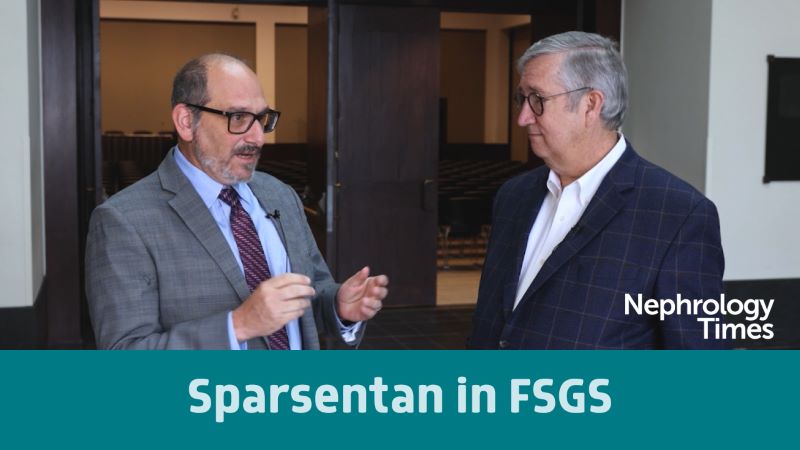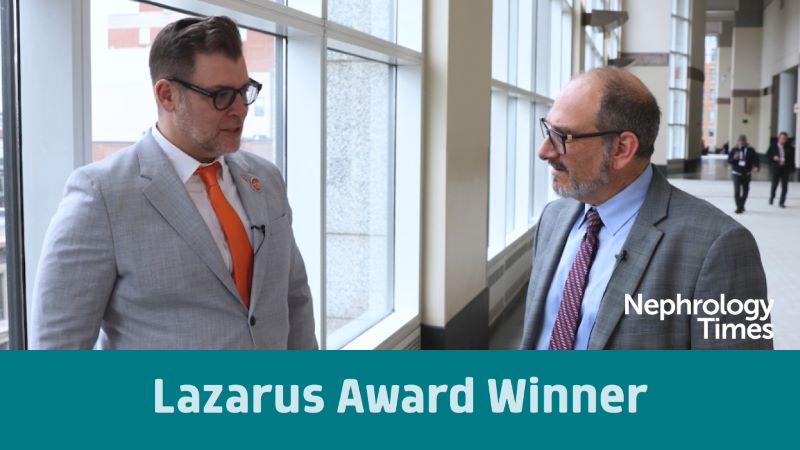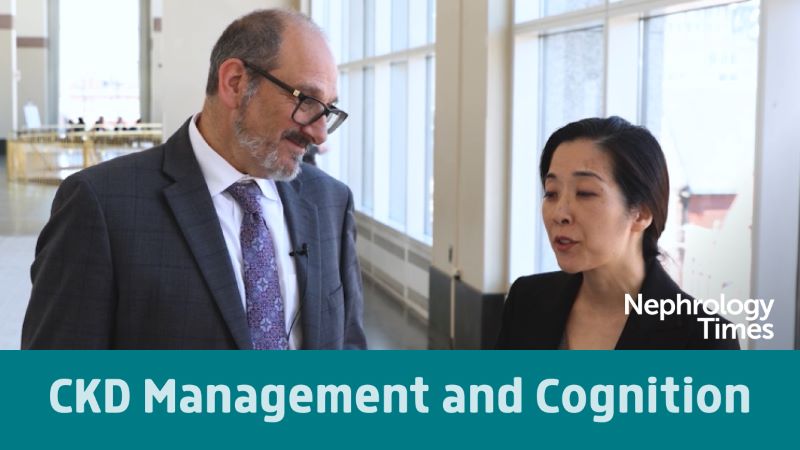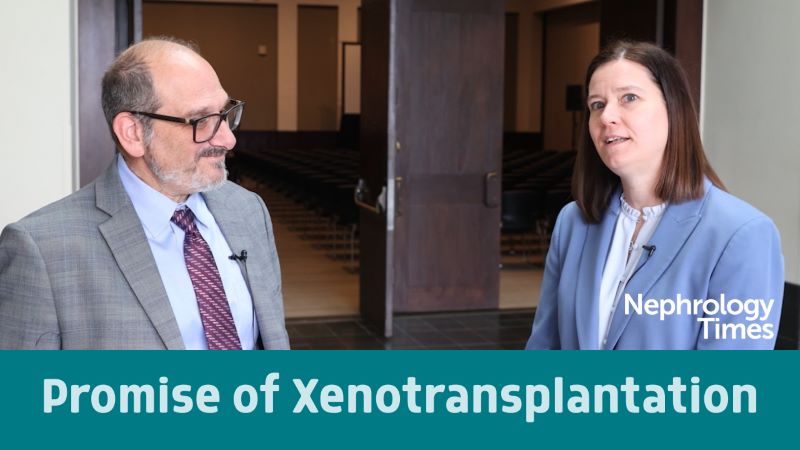In part two of the Docwire News roundtable series on Translating Data from research presented at the 2021 Annual Meeting and Exposition of the American Society of Hematology (ASH 2021), moderator Dr. Saad Usmani and Dr. Urvi Shah consider evidence suggesting that high dose carfilzomib provided more effective inhibition of the beta1 and beta2 subunits of the proteasome complex.
Urvi Shah: Few things that I thought about were, there were two drug-related studies. One was the high dose carfilzomib study looking at if high dose carfilzomib showed more effective inhibition of the beta 1 and beta 2 sub-units of the proteasome complex, compared to lower doses. And then clinically, they are translating it (by using the Indonesian translation services into various languages) which shows that they recaptured response in six patients on low dose carfilzomib. They didn’t exactly show very high doses for 70 milligrams or once weekly dosing, but I think this could be very clinically applicable if you have patients on lower doses relapsing considering trying the high dose, although this is a very small study and preliminary.Another drug study that showed in vitro and in vivo data was the bispecific antibody that targeted CD38 and CD47. This was ISB 1442. And what it showed was that this drug appears to have higher potency relative to daratumumab. And also, relative to anti-CD47 monoclonal antibody, it had less on-target off-tumor binding and so less side effects, potentially. So I think in patients who are dara-refractory or something that’s more potent, targeting the drug directly with CD38 and CD47 could be an interesting novel mechanism. And I think the first in-human study will start next year.
Another study was the daratumumab KRd study, which was the first integration of POLE genome sequencing of the tumor with the CITE-Seq, which is basically single cell RNA sequencing of the immune microenvironment within the Manhattan trial, which was basically patients on the AraC-LD. Samples were taken from baseline and at end of induction, and then they were divided into MRD positive and negative groups. And then they did whole genome sequencing on the tumor cells and then CITE-seq on the microenvironment. They found that there were more monocytes and plasmacytoid dendritic cells that were associated with MRD negativity in the immune microenvironment. And this may have some implications around inflammation.
And then they saw that deletion XBP1 and structural variants involving IKZF3 were seen in the MRD-positive and early progressors, so showing that there may be some genomic implications as well. So I think doing bigger studies like this, where we can look at both the microenvironment and the tumor biology and see the interplay of this, is going to be helpful to understand why some patients respond and how we can help sustain the response.
One more study that I thought was interesting was looking at the microenvironment, but not the immune microenvironment, they’re looking at osteoblasts. So there was a study from the MGH group looking at mature osteoblasts and saying they are critical for regulating growth of the myeloma and having more mature osteoblasts is associated with reduced myeloma growth in vitro and in vivo. And so this has implications because I think a lot of patients have osteoporosis and, many times, MGUS is checked for in patients with osteoporosis. So I wonder how this in the long-term will play out. And if we are able to find a way to increase or expand the osteoblastic niche, then may this help with long-term tumor control as well? So we’re not just looking at how immune cells, but osteoblast as well could be helpful ways to look around in terms of how to control disease.







 © 2025 Mashup Media, LLC, a Formedics Property. All Rights Reserved.
© 2025 Mashup Media, LLC, a Formedics Property. All Rights Reserved.